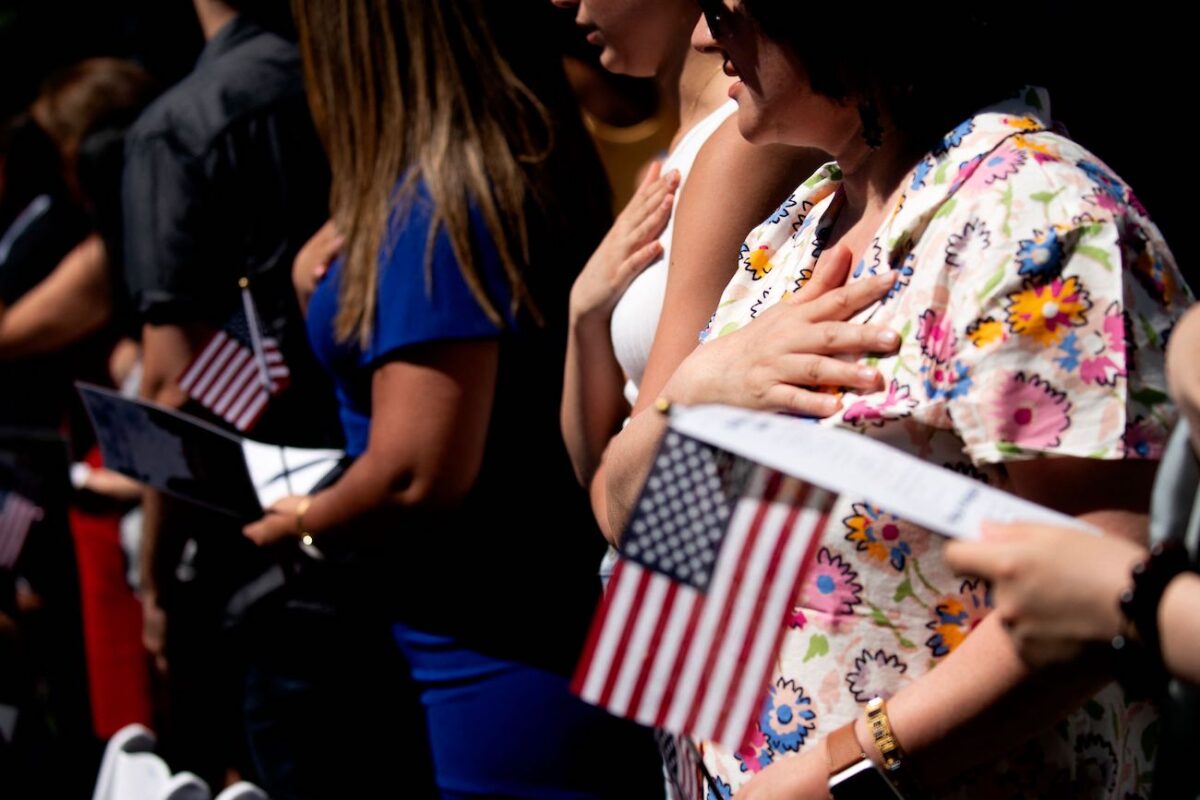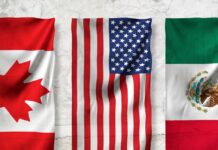The Department of Homeland Security (DHS) has proposed increasing the fees paid by companies that employ immigrants in an effort to boost revenue for the United States Citizenship and Immigration Services (USCIS), from around $4.5 billion a year to roughly $6.4 billion a year.
The proposed fee update (pdf) was announced by USCIS, the agency that handles legal immigration requests, on Jan. 3.
According to the agency, the fee update is being proposed after it conducted a “comprehensive biennial fee review and determined that its costs have increased considerably since its previous fee adjustment due to expanded humanitarian programs, higher demand, increased processing times, and a need for more USCIS employees.”
“USCIS cannot maintain adequate service levels with the effects of the budget cuts and its current level of spending without lasting impacts on operations. DHS proposes to adjust USCIS fees, add new fees for certain benefit requests, establish distinct fees for petitions for nonimmigrant workers, and limit the number of beneficiaries on certain forms,” the agency noted.
The agency said it receives a majority of its revenue from application fees but has been getting “limited appropriations” from Congress over the last few years to help fund its work.
Under the proposed fee update, applications for the naturalization fee would rise to $760 up from $725.
Employers to Bear Brunt
Individuals wanting to apply to turn temporary visas into permanent residency will pay $1,540, up from $1,225, and those wanting to apply to travel and work while they wait for the visa to come through would pay $2,820, marking $1,595 more, according to the Los Angeles Times.
Registration fees for the H1-B program, which allows employers to temporarily employ foreign workers in specialty occupations, will also go up from $10 to $215, while the main application fee for the program will go from $460 to $780.
“In addition, the proposed rule would institute a new Asylum Program Fee surcharge of $600 to be paid by employers who file either Form I-129, Petition for a Nonimmigrant Worker, or Form I-140, Immigrant Petition for Alien Workers to cover some of the costs associated with asylum processing, which does not include a fee,” the proposed update states.
That will make the total program fee $1,380 once the $600 asylum program fee is included.
Fees for the H-2A program, which allows agricultural companies in the United States that anticipate a shortage of domestic workers to bring foreign workers to the country, would also increase from $460 to $1,090 under the proposed updates, while the application fee for companies that want to transfer executives or managers from their offices in foreign countries to the United States via the L classification visa will have to pay $1,385, up from $460, although that will rise to $1,985 when the asylum fee is included.
Fees for H-2B petitions, which allow employers to temporarily hire foreign workers to perform nonagricultural jobs, will rise from $460 to $1,080.
Elsewhere, the EB-5 visas, under which investors can apply for a Green Card if they invest large sums of money in the United States, will also go up in price.
Application fees for that visa will go from $3,675 to a whopping $11,160.

Humanitarian Visa Fees Exempt
While fees for business-related applications will go up, asylum seekers and those who seek protection as victims of crimes like human trafficking will not pay anything for their visas.
“In this proposed rule, DHS proposes to codify several humanitarian benefit requests as exempt from fees because of the humanitarian nature of these programs and the likelihood that individuals who file requests related to these categories will qualify for a fee waiver if they request it,” they agency noted.
The agency said that if it does not adjust the fees, it will not have the resources it needs to provide adequate service to applicants and petitioners, or be able to keep up with the workload needed to process and approve the requests.
Members of the public have 60 days to submit their comments regarding the proposed fees before they are enacted under law.
USCIS typically proposes new fees every two years but the last increase was in 2016, during the Obama administration. Former President Donald Trump proposed new drastically increased fees in 2020 but that was ultimately blocked by a federal court.
Immigration attorney Dagmar Butte of Parker Butte and Lane told Forbes that the new proposed fees are unlikely to resolve the “real problems” with USCIS, which he said include “inefficiency in adjudications, outdated technology and processes, chronic understaffing, and lengthy adjudications.”
The latest fee proposal comes after the U.S. Department of Labor and DHS in December issued a final rule allowing nonagricultural employers to apply for 64,716 additional visas for the fiscal year 2023.
That marks the first time that two federal agencies have made the visas available for several allocations throughout the entire fiscal year, including the late second half.









